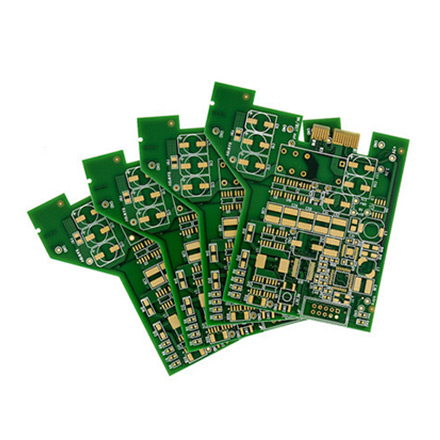

The Art and Science of Decorative Glass Manufacturing
Decorative glass has long been a staple in both residential and commercial design, merging artistry with functionality. As a decorative glass manufacturer, understanding the nuances of this craft is essential for creating products that not only beautify spaces but also serve practical purposes. The process involves a delicate balance between creativity, technology, and craftsmanship.
Understanding Decorative Glass
Decorative glass encompasses a wide range of products, from stained and etched glass to colored and textured pieces. These items often find their homes in windows, doors, partitions, and decorative panels, contributing to the overall aesthetic of a space. The versatility of decorative glass allows it to enhance a variety of settings, from traditional to contemporary.
The demand for decorative glass has surged in recent years, driven by trends in home and commercial design that prioritize unique and personalized elements. Architects and interior designers are increasingly opting for bespoke glass solutions that reflect the identity and style of their clients. This shift emphasizes the role of decorative glass manufacturers in the design process, as they collaborate closely with designers to bring their visions to life.
The Manufacturing Process
The production of decorative glass begins with the selection of raw materials. High-quality silica sand, soda ash, and limestone are common ingredients in glass-making. Depending on the desired aesthetic, manufacturers may also incorporate various metal oxides to achieve specific colors and effects. For example, cobalt oxide produces a deep blue hue, while iron oxide can impart green tones.
Once the materials are sourced, the manufacturing process unfolds in several key stages. First, the raw materials are carefully mixed and melted in a furnace, which can reach temperatures exceeding 1,600 degrees Celsius. This molten glass is then shaped using different techniques, such as blowing, casting, or pressing, depending on the final product's requirements.

For decorative glass, techniques like etching, sandblasting, and painting are commonly employed to add texture and patterns. Each of these methods requires a high level of skill and precision. Etching involves using acid or abrasive materials to create designs on the glass surface, while sandblasting uses high-pressure air to remove layers of glass, resulting in a frosted look.
Innovation and Technology
In recent years, advancements in technology have revolutionized the decorative glass manufacturing industry. Digital printing techniques allow for the application of intricate designs and images directly onto the glass surface, creating new possibilities for customization. This technology enables manufacturers to produce short runs of unique pieces without the need for extensive setup time, catering to the growing demand for personalized products.
Moreover, the incorporation of energy-efficient and eco-friendly practices has become a priority for many manufacturers. This includes using recycled materials, reducing waste, and implementing sustainable energy practices in production processes. By prioritizing sustainability, decorative glass manufacturers not only contribute to environmental protection but also appeal to increasingly conscious consumers.
The Future of Decorative Glass
Looking ahead, the decorative glass industry is poised for continued growth. As consumers seek distinctive design elements that enhance their spaces, the demand for innovative glass solutions will persist. This trend is further amplified by the rising popularity of smart glass technologies, which offer functionalities such as light control, energy efficiency, and even self-cleaning properties.
For manufacturers, staying ahead of design trends and technological advancements will be crucial. Collaboration with designers and architects will remain paramount, ensuring that the final products align with the vision and needs of the end-users. As the decorative glass sector evolves, it stands to harness the perfect blend of artistry, technology, and tradition, creating stunning pieces that captivate and inspire.
In conclusion, decorative glass manufacturing is an intricate craft that requires a deep understanding of both materials and design principles. By combining traditional techniques with modern innovations, manufacturers can create remarkable products that not only beautify spaces but also fulfill diverse functional needs. As we move forward, the potential for creativity in this field is boundless, promising a bright future for decorative glass in the world of design.